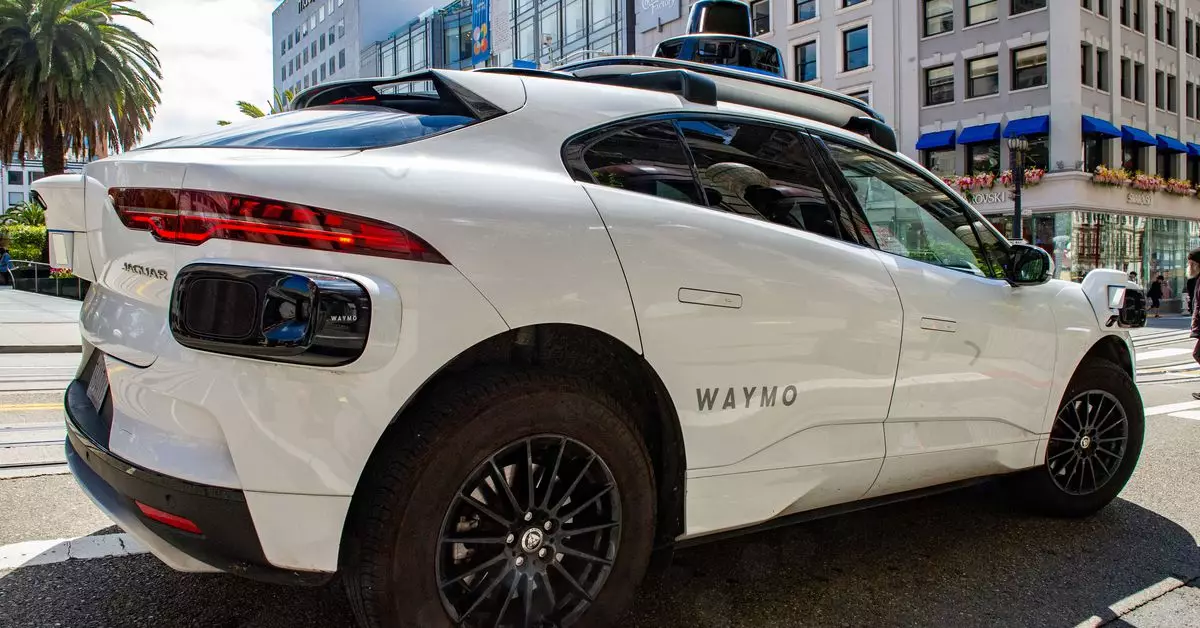Waymo, the self-driving technology subsidiary of Alphabet Inc., is embarking on a significant journey as it announces plans to deploy its autonomous vehicles in Tokyo, Japan. This will be Waymo’s first operational trial in a foreign market, a move that illustrates both confidence in its technology and strategic ambitions in global mobility. As urban congestion and transportation safety become pressing global issues, Waymo is positioning itself to explore the dynamics of a new driving environment, specifically one that operates on the left side of the road, unlike its home base in the United States.
The Tokyo initiative will begin with a fleet of approximately 25 vehicles that will be driven manually to gather essential mapping data. This phase is crucial for understanding the intricacies of Japanese driving patterns, which differ significantly from those in North America. By focusing on localized traffic behaviors, such as navigating through dense urban areas and adhering to different traffic laws, Waymo aims to tailor its technology to effectively integrate into Japan’s unique transportation landscape.
Working in conjunction with Nihon Kotsu, a local taxi service, provides Waymo with the strategic advantage of leveraging existing industry knowledge and infrastructure. This partnership could potentially pave the way for future autonomous taxi services in Japan, although Waymo officials have tempered expectations by stating that they aren’t yet prepared to launch a full robotaxi service in Tokyo. This cautious approach reflects a broader strategy of prioritizing reliable data and strong community relationships before implementing operational changes.
The involvement of GO, a well-known taxi app in Japan, could hint at Waymo’s future intentions to collaborate with local operators to deploy its autonomous vehicles. In the U.S., Waymo has already entered partnerships with ride-hailing services like Uber, which has facilitated a gradual rollout of its autonomous ride services in cities like Austin and Atlanta. As Waymo expands its reach, the company is keenly aware that successful integration into foreign markets relies heavily on partnerships with established players in the local mobility landscape.
The fact that Waymo is also expanding its robotaxi services in the U.S. at a measured pace suggests the company is adopting a carefully planned approach. With about 700 vehicles currently in operation across several key cities, Waymo has established a foundation that allows it to test and refine its technology while ensuring passenger safety.
Assessing Performance Metrics and Strategic Goals
Sundar Pichai, the CEO of Alphabet, revealed that Waymo is currently handling around 175,000 paid trips weekly, amassing approximately one million miles in operation. These figures highlight Waymo’s capacity for generating real-world data crucial for refining its autonomous driving algorithms. However, the challenge remains: scaling up operations in diverse geographic and regulatory environments. The initial implementation in Tokyo will be geofenced to specific neighborhoods, such as Minato and Shinjuku, indicating a cautious yet systematic approach to launch.
Unlike leading nations in autonomous technology deployment, Japan has lagged in testing due to a focus on overseas explorations by domestic automakers like Toyota and Nissan. This structural dynamic provides an opportunity for Waymo to fill a gap and potentially lead the charge in Japan’s autonomous vehicle innovation trajectory.
Waymo’s decision to venture into Tokyo is emblematic of larger trends in the rapidly evolving world of autonomous transport. As competitors like General Motors scale back their ambitions in robotaxi development, Waymo’s commitment reflects a belief in the transformative potential of autonomous technology. By leveraging local partnerships and focusing on thorough research, Waymo is laying the groundwork for potential success not just in Tokyo, but in markets across the world. The journey ahead may be complex, but if successful, it could redefine public transportation in major urban centers globally while offering insights that support sustainable transport solutions.


Leave a Reply